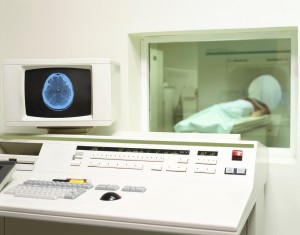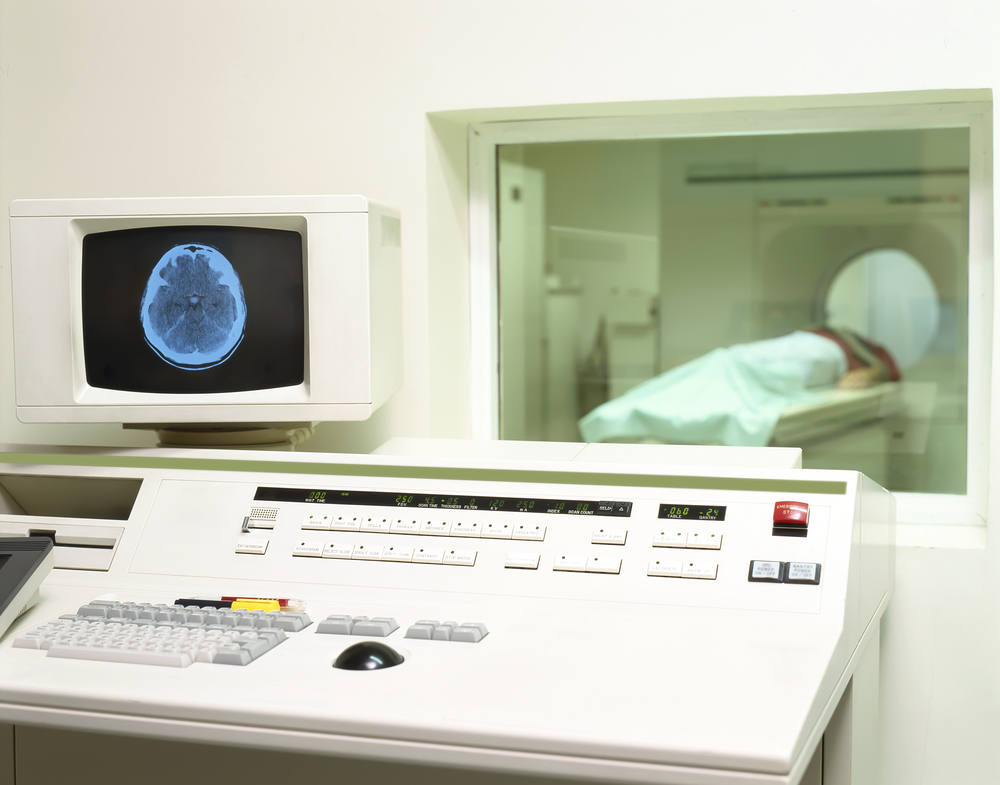 A new technical report entitled “Imaging Techniques for Treatment Evaluation for Metastatic Breast Cancer” published with the support of the Agency for Healthcare Research and Quality (AHRQ) reports a comprehensive comparative analysis of the efficacy of multiple current metastatic breast imaging modalities in the United States.
A new technical report entitled “Imaging Techniques for Treatment Evaluation for Metastatic Breast Cancer” published with the support of the Agency for Healthcare Research and Quality (AHRQ) reports a comprehensive comparative analysis of the efficacy of multiple current metastatic breast imaging modalities in the United States.
Despite the multiple imaging modalities for breast cancer, their accuracy and efficacy in treating metastatic breast cancer are still not fully developed. The authors performed an analysis of published literature between 2003 and 2013 along clinician, patient advocates and health industry manufacturers’s reports to assess the efficacy of available imaging techniques in health outcomes, patient satisfaction and cost.
The authors identified bone scan (scintigraphy), magnetic resonance imaging (MRI), computed tomography (CT), and fluorodeoxyglucose-positron emission tomography (FDG-PET)/CT, as the most-used imaging treatments for metastatic breast cancer in the US.
Among these, FDG-PET/CT is the imaging technique of choice to determine tumor response among metastatic breast cancer patients, since this technique provides information about tumor metabolism and a readout of tumor response to chemotherapy or hormone therapy. Additionally, it is also predictive of the patient response after initial cycles of chemotherapy, even though further evidence is necessary to fully support these claims. Contrary to FDG-PET/CT, other conventional techniques only report on morphologic tumor alterations, however they are still considered appropriate.
Metastasis location is a key factor in the choice of imaging technique. MRI is preferentially used for brain metastases, CT for lung metastases, and bone scintigraphy for evaluating skeletal metastases. For metastases pertained to the bone, PET/CT provided the best response detection when compared to conventional imaging. However, few studies have focused on bone dominant metastatic patients, with the authors highlighting a need for further research.
[adrotate group=”3″]
Concerning PET/CT several new tracers are currently being evaluated, and initial studies have already reported improved detection over FDG mechanisms, which measure glucose metabolism to estimate tumor proliferation. Nonetheless, the authors identified four new types of imaging that may represent improvements to current methods — fluorothymidine (FLT)-PET/CT, F-fluoromisonidazole (F-FMISO) PET/CT, fluoroestradiol (FES)-PET/CT, and PET/MRI. FES may be helpful to predict the response of metastatic breast cancers to hormonal therapy (such as with tamoxifen); FLT is a novel marker for cellular proliferation and is less susceptible to the therapy-induced inflammatory response, when compared to FDG.
Research on new radiotracers and biomarkers will allow a more accurate detection of heterogeneous breast cancer tumors. The authors further highlight the necessity of more studies focusing on patient-centered outcomes, such as patient satisfaction and anxiety levels, beyond the survival benefit. Moreover, studies addressing the costs of frequent imaging on treatment response are still lacking.

